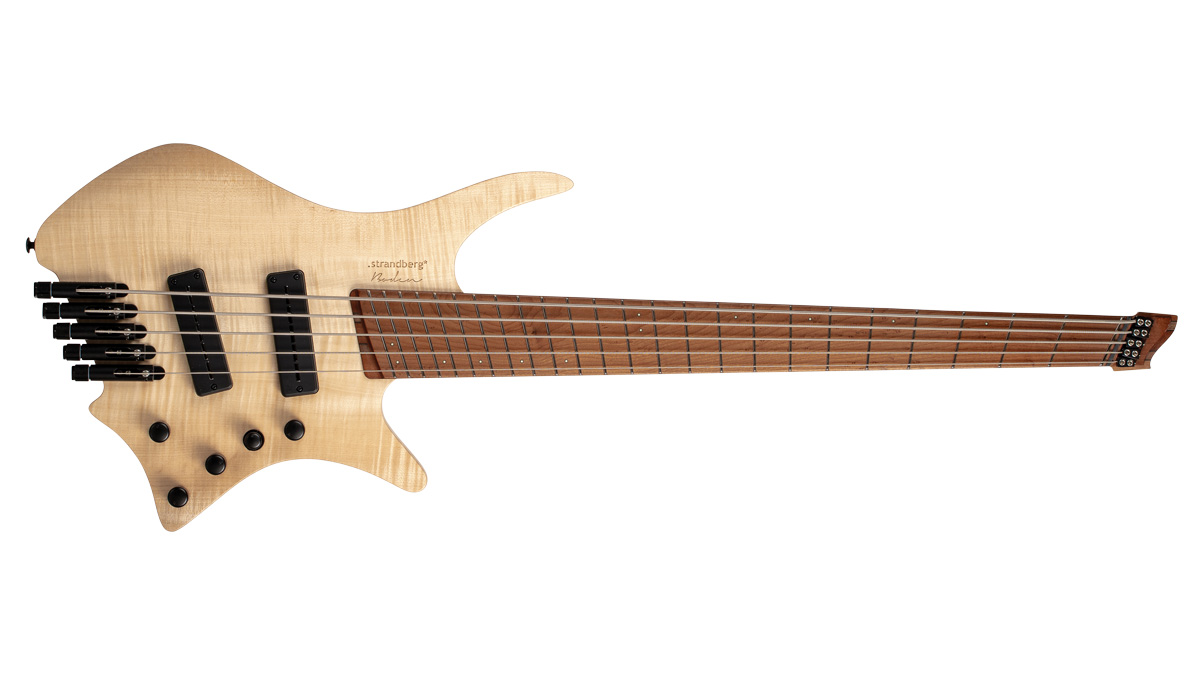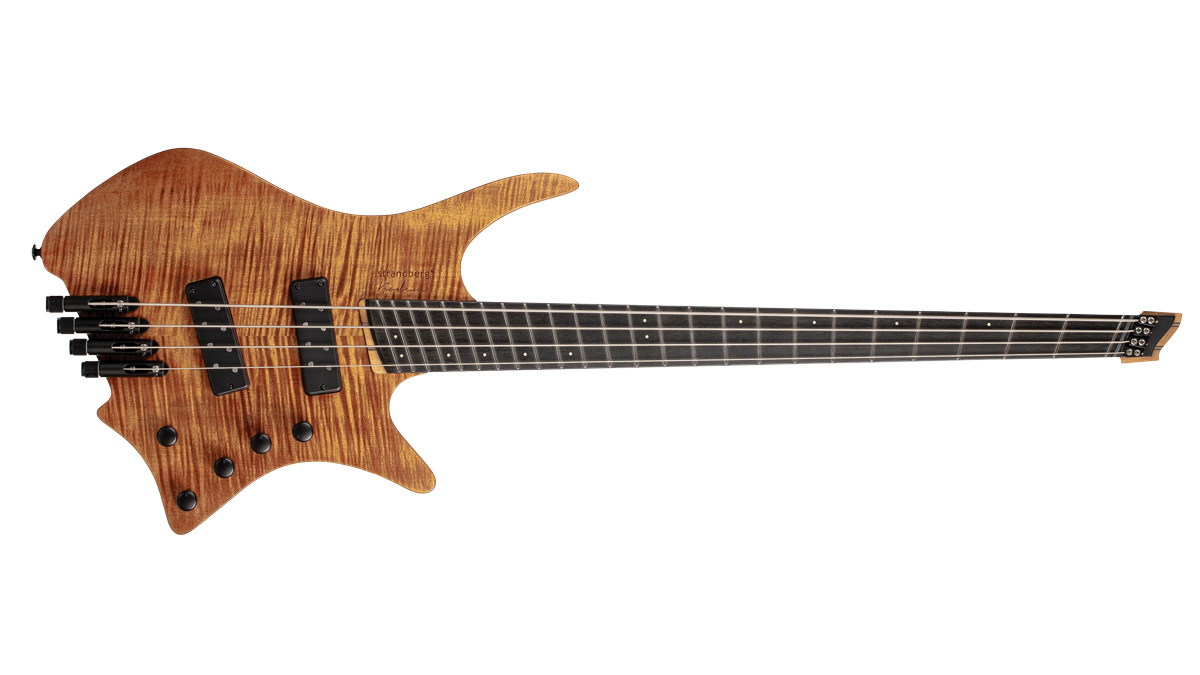MusicRadar Verdict
Truly basses for the modern professional.
Pros
- +
Versatile array of sounds, light and comfortable to play.
Cons
- -
Price is high for an Indonesian factory bass.
- -
Dedicated stand is needed.
- -
Neck profile may not suit all players.
MusicRadar's got your back
We’ve come a long way since the first Precision rolled off the Fender production line.
New designs, active electronics, advanced materials, chambered bodies, fanned frets... they’ve all been tried and many have been found to be genuine enhancements - but few designers have been brave enough to try all of these new ideas (and throw in a few of their own) in a single instrument.
Build
Both of these basses are built on a dedicated line at the huge Cort factory in Indonesia. This guitar mega-plant also produces basses for Fender, G&L, PRS and many others. It’s a highly automated process, but the resulting standards and tolerances are nigh-on faultless and the plant’s huge purchasing power means that the tonewoods used are among the very best available.
In terms of construction, both basses are pretty much identical, the only real difference being that the Prog 4 has an ebony fingerboard with slightly different glow-in-the-dark Luminlay dots. However, electronics-wise the Prog 4 features Nordstrand Big Rig humbuckers and the rather brilliant Darkglass Tone Capsule EQ and preamp, whereas the Original 5 has the Nordstrand EQ and Zen Blade pickups.
Both have a chambered swamp ash body with a stunning tigerstripe flamed maple top. The unusual shaping of the lower body means that it’s particularly solid and stable when played seated, although the payoff is that the bass can’t be leaned against a wall or amp - not necessarily a bad thing. It needs a dedicated stand, available from Strandberg for around £60.

The roasted maple and walnut necks, with their angular Endure profiles are fixed to the bodies with five ferruled and countersunk screws and have a perfectly smooth satin finish. The two walnut strips are each flanked by a three-layer laminate of unidirectional carbon fibre, adding strength and stability.
The fanned fretting is perfect. In fact both these basses arrived beautifully set up and ready to play straight out of their cases. On the back, the black anodised cover for the control cavity also features the jack socket which is set well back from the edge of the body. The exclusive hardware is all aircraft-grade aluminium.
Want all the hottest music and gear news, reviews, deals, features and more, direct to your inbox? Sign up here.
Sounds
Strap either of these basses on and you hardly know you’re wearing them. Both are ludicrously light. Even the five-string, at just a smidge over 6.5 lbs is a full three pounds lighter than our Fender Jazz Elite - itself no porker. When you actually start playing these basses you realise just how much thought has gone into the feel and ergonomics.
A good example is the neck shape. The patented Endure neck profile is a huge departure from the norm. Basically, it provides a flat pivot point for the thumb of your fretting hand on the back of the neck. As you move up the neck, the flat surface moves toward the treble side following the natural position of your thumb. If, like many bass players, you tend to play with your thumb over the top of the neck, the angular planes will feel a little odd at first, although the neck’s overall shallow depth make it fairly comfortable however you play.
Acoustically, both basses are loud with a ringing sustain, but plugged in they have subtly different characters. The natural sonic character of the four-string Prog is aggressive, bright and attacking, a perfect match for the Darkglass preamp. Its EQ particularly emphasises the warm and harmonically rich frequencies. This means that the Prog 4 has a wide range of great rock bass sounds - everything from biting modern tones to a thick, fat punch, which just needs a little overdrive from an amp or processor to create a killer rock sound.
Sonically at least, the Original 5 lives up to its name. The powerful preamp and EQ mean that you’ll quickly find your perfect sound, but the fundamental tone with the EQ flat is rich and warm with a sparkly top and a full but focused low end. The sound reminded me immediately of one of my favourite basses, Sadowsky’s Will Lee signature, perhaps no surprise given the chambered and resonant bodies both basses have.
Traditionally, some bass players have tended to like things the way they always were. With these basses, Ola Strandberg is making a clear statement that things move on and that this is where we are in 2019, not just in terms of design but in manufacturing too. However, the price of these basses demands that we scrutinise every detail, and although they’re very good, the contouring around the neck joint isn’t perfect and the stained finish on the back of the prog 4 is a little uneven. That said, it’s worth remembering that these basses are from the first production run. These small niggles may well be dealt with by the time these basses are available.
